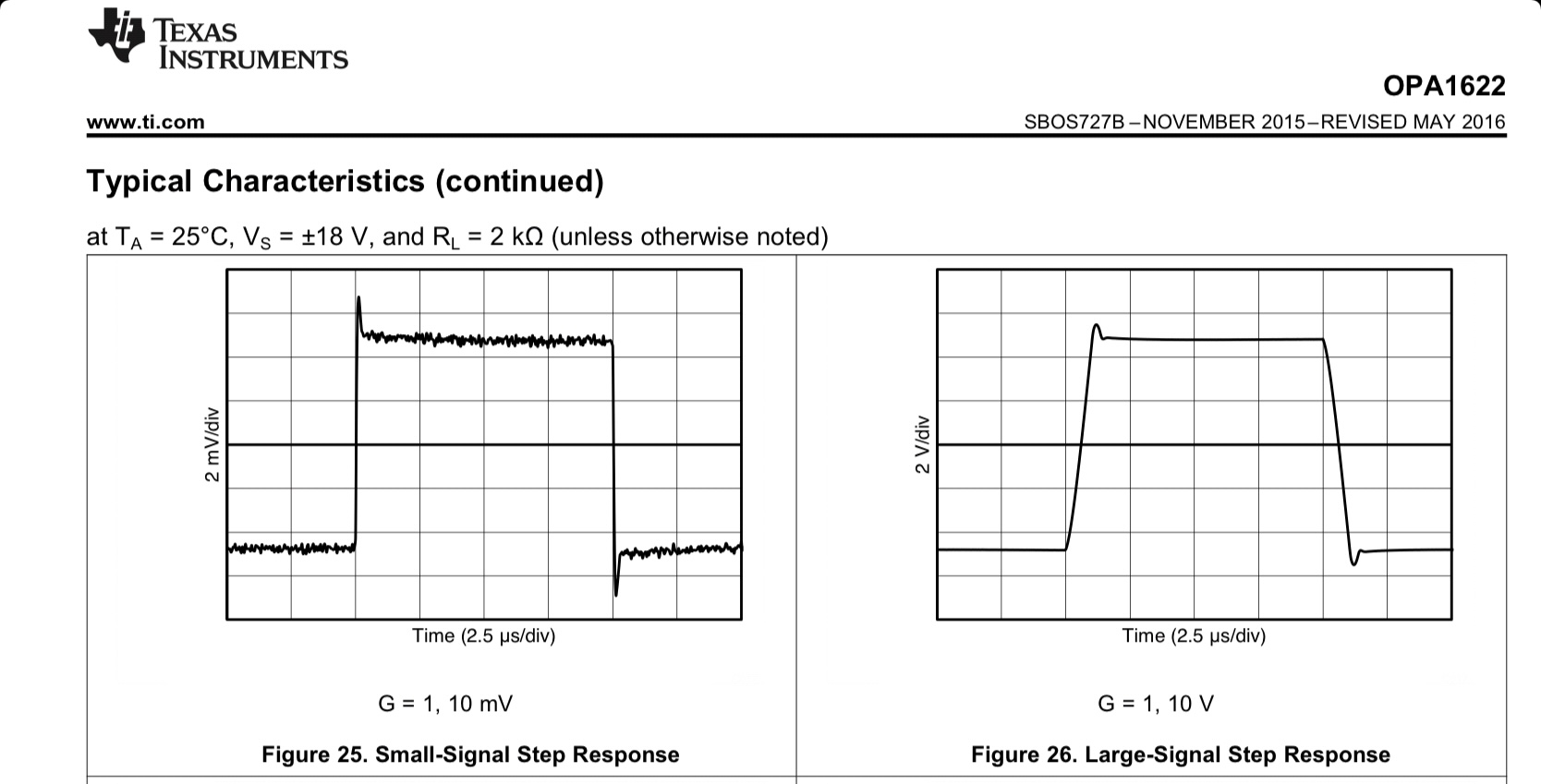kennyb123
1000+ Head-Fier
In the automotive world, we are fortunate to have two meaningful stats about an engine’s performance: horsepower and torque. Horsepower gives us insight into a car’s top speed while torque gives us insight into how quickly the car accelerates.I've heard in various places that the Aeons 2 have more dynamics and bass response with really high wattage amps, way more than Dan Clark recommends. Did you try the Aeons with a beefier amp? It's not just about volume, it's about punch and dynamics.
The power rating of an amplifier is akin to horsepower. It tells us if the amp will drive the headphones to a sufficient volume without running out of steam. Since music is dynamic, what we really need though is a metric that’s akin to torque. That would give us insight into how well the amp can deliver current dynamically to meet the demands of the music. This is the quality that the Aeons seem to need to come alive.
Last edited:
























